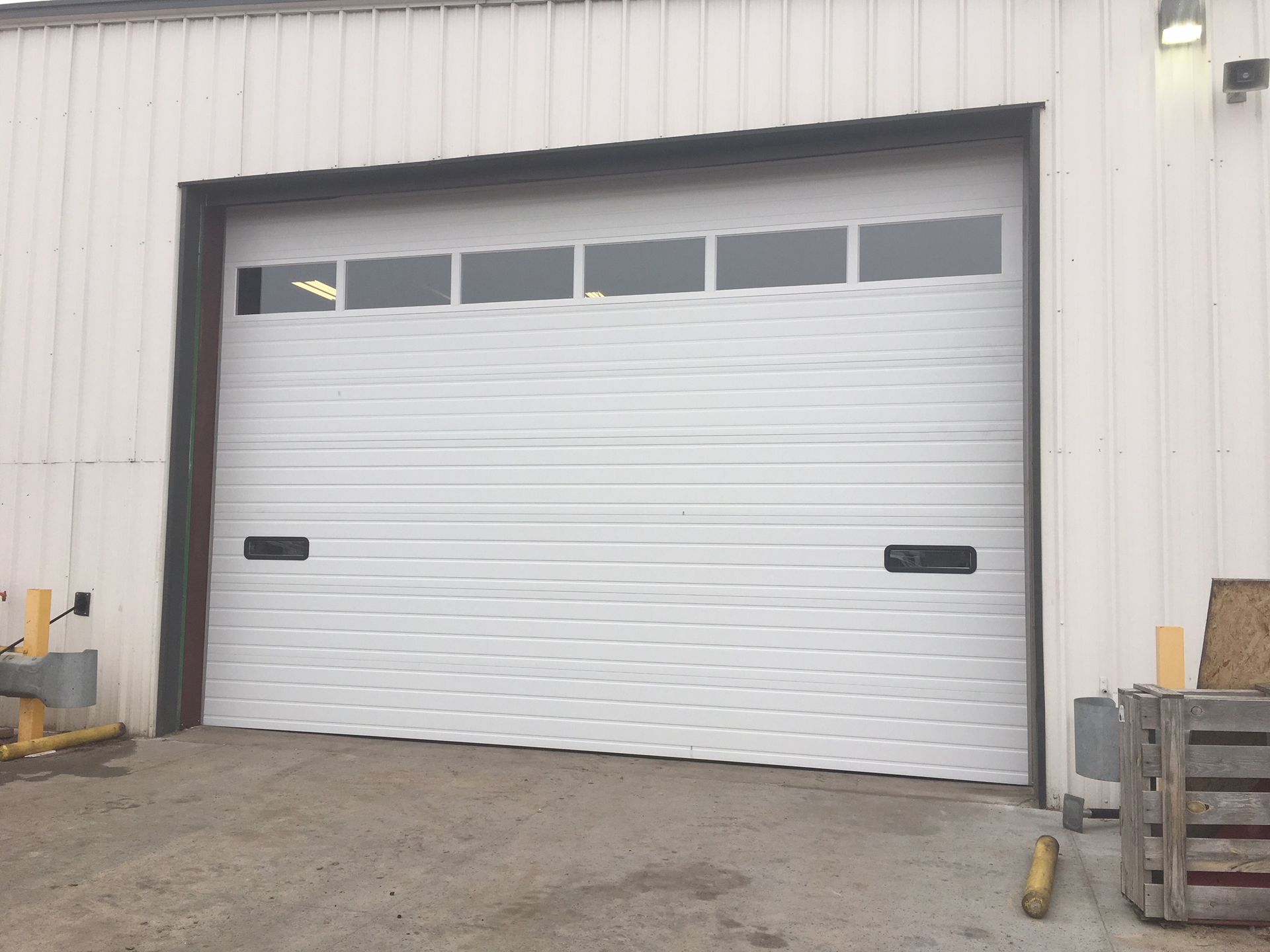Your overhead door does more than just provide entry and exit; it enhances security, keeps energy costs down, and adds value. But like any mechanical system, it needs care. Ignoring subtle issues can lead to expensive fixes—or worse, a door that fails completely. Let’s explore the top 5 signs your overhead door might need repair and why addressing issues promptly is key.
1. Unusual Noises During Operation
Does your overhead door creak, grind, or screech? These sounds are not just irritating—they’re a warning sign. Unusual noises can indicate issues with the door’s torsion springs, rails, or opener system. Left unchecked, these minor issues can snowball into major malfunctions.
Delayed Garage Door Movement
If your overhead door is slow to open or close, it might be due to aging parts or electrical issues. A door that delays could be dangerous, especially if it fails while in use. Timely intervention can restore its smooth operation.
Sagging: A Structural Concern
Have you noticed misaligned or drooping areas in your overhead door? This is often a sign of structural weakness or tension issues. Beyond being unsightly, sagging can make your garage less secure and efficiency.
Higher Utility Costs?
A poorly fitted or insulated overhead door can let air escape, making your HVAC system work harder. If you’ve noticed your energy bills rising unexpectedly, your garage door could be the culprit. Fixing your door can save you money in the long run.
5. Physical Damage or Wear
Dents, splits, or corrosion are clear indicators that your overhead door has been through a lot. While some damage might appear minor, it can lead to bigger issues and make it more prone to failure. Addressing these issues without delay is critical for safety and functionality.
